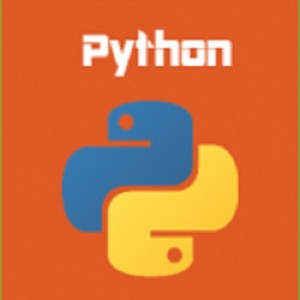This course aims to extend and solidify your Python experience by exploring structural techniques and common Python APIs. You’ll learn how to write OO and functional code, define and consume REST services and web sockets, implement multi-threaded code, use popular Python data science libraries, and more. Machine learning is introduced using Python libraries.
Duration 5 days
Prerequisites
- Approx. 6 months Python experience
What you’ll learn
- Object-oriented Python programming
- Functional Python programming
- REST services and web sockets
- Defining and using decorators
- Asynchronous programming
- Python data science techniques
- The principles of machine learning
- Making forecasts from training data
Course details
Recap Essential Python Features
- Language Fundamentals
- Functions
- Data Structures
- Defining and Using Packages
- Additional Techniques
Object-Oriented Programming
- Essential Concepts
- Defining and Using a Class
- Class-Wide Members
Additional Object-Oriented Techniques
- A Closer Look at Attributes
- Implementing Special Methods
- Inheritance
XML Processing
- XML Essentials
- Reading XML Data in Python
- Locating Content using XPath
- Updating XML Data in Python
- Using the Lxml Library
Functional Programming
- Functional Programming in Python
- Higher Order Functions
- Additional Techniques
Web Processing
- Python Web Servers
- Python Rest Services
- Python Web Sockets
Decorators
- Getting Started with Decorators
- Additional Decorator Techniques
- Parameterized Decorators
Asynchronous Processing in Python
- Getting Started with Asynchrony in Python
- Creating Tasks to Run in Different Threads
- Additional Task Techniques
Getting Started with Python Data Science and NumPy
- Introduction to Python Data Science
- NumPy Arrays
- Manipulating Array Elements
- Manipulating Array Shape
NumPy Techniques
- NumPy Universal Functions
- Aggregations
- Broadcasting
- Manipulating Arrays using Boolean Logic
- Additional Techniques
Getting Started with Pandas
- Introduction to Pandas
- Creating a Series
- Using a Series
- Creating a DataFrame
- Using a DataFrame
Pandas Techniques
- Universal Functions
- Merging and Joining Datasets
- A Closer Look at Joins
Working with Time Series Data
- Introduction to Time Series Data
- Indexing and Plotting Time Series Data
- Testing Data for Stationarity
- Making Data Stationary
- Forecasting Time Series Data
- Scaling Back the ARIMA Results
Introduction to Machine Learning
- Machine Learning Concepts
- Classification
- Clustering
Getting Started with Scikit-Learn
- Scikit-Learn Essentials
- A Closer Look at Datasets
Understanding the Scikit-Learn API
- Introduction
- Scikit-Learn API Essentials
- Performing Linear Regression
Going Further with Scikit-Learn
- Introduction
- Understanding Naïve Bayes Classification
- Naïve Bayes Example using Scikit-Learn
Case Study
- Worked example of a real-world data science problem
